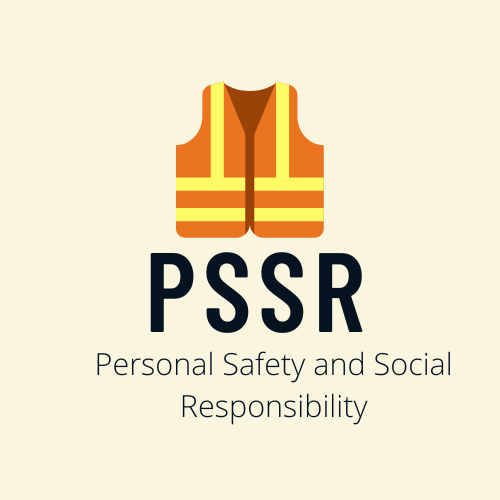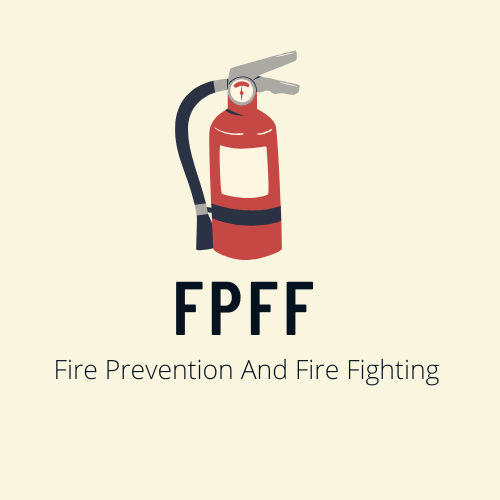Don't let the EFA exit exam stress you out! Prepare with these 30 essential MCQ questions and pass with confidence.
If you found any questions answer incorrect, please let us know by Clicking here.
1. What does 'A' stand
for in the acronym DRABC ?
a. Ambulance
b. Alert
c. Airway
d. Accident
2. What is the best way to control bleeding ?
Direct pressure
Use of a tourniquet
Elevation
Pressure points
3. A burn should be immersed or placed under
water for at least
a. 5 min
b. 10 min
c. 15 min
d. 20 min
4. The symptom of
shock includes
a. Low blood pressure
b. Rapid, shallow breathing
c. Rapid, weak pulse
d. All of the above(Correct)
5. When caring for someone who has suffered an
electric shock, you would not
a. Check breathing and pulse
b. Check for possible
fractures(Correct)
c. Cool the burned areas
d. Treat for shock
6. Fluid should not
be given by when internal injury is suspected
a. Ears
b. Nose
c. IV injections(Correct)
d. Mouth
7. What is an open fracture ?
a. A fracture in which the bone ends can move around
b. A fracture in
which the bone is exposed as the skin is broken(Correct)
c. A fracture which causes complications such as a punctured lung
d. A fracture in which the bone has bent and split
8. What should you do if you think the victim has
serious internal bleeding ?
a. Apply heat to the injured areas
b. Give fluids to replace blood loss
c. Call for medical
assistance as quickly as possible(Correct)
d. Place the victim in a sitting position
9. How should you pen the airway of an
unconscious casualty ?
a. Head tilt and chin lift
b. Jaw thrust
c. Head tilt and jaw thrust
d. Lift the chin
10. What steps would
you take to control bleeding from a nose bleed ?
a. Sit casualty down,
lean forward and pinch soft part of nose(Correct)
b. Sit casualty down, lean backward and pinch soft part of nose
c. Lie casualty down and pinch soft part of nose
d. Lie casualty down and pinch top of the nose
11. What is fainting
?
a. A response to fear
b. An unexpected collapse
c. A brief loss of
consciousness(Correct)
d. A sign of flu
12. What is the
definition of the "hurry cases" ?
a. Breathing ,bleeding and broken bones
b. Any condition that
threatens victims life(Correct)
c. Any illness where the victim vomits
d. Any accident requiring arm sling
13. An unconscious
casualty is lying on their back and has a broken leg, What position is best for
the casualty ?
a. Leave them as they
b. Sitting up position
c. Recovery position
(Correct)
d. Lying down with the legs raised
14. What is first aid
?
a. Completing a primary survey
b. The first help
given to the victim of an accident (Correct)
c. Assessing a victims vital signal
d. Treating a victim for shock
15. To treat a first
degree burn you should
a. Apply a good quality burn cream or ointment
b. Clean the area thoroughly with hot soapy water
c. Apply a constricting band between the burn and the heart
d. Apply cool running
water until there is little or no remaining pain (Correct)
16. What should a
casualty with a severe allergy carry at all times
a. Insulin
b. HCQ
c.
Adrenaline(Correct)
d. Aspirin
17. What is the ratio
of compressions to breaths when performing cardiopulmonary resuscitation (CPR)
?
a. 15 breaths : 1 compression
b. 20 breaths : 2 compression
c. 30 compressions :
2 breaths(Correct)
d. 30 breaths : 2 compressions (adults) & 15 breaths : 1 compression (children)
18. To flush an eye
that has been exposed to a chemical, have the injured eye lower than the
unaffected eye.
a. TRUE (Correct)
b. FALSE
19. Which of the
following includes the top layers of skin and involve blistering ?
a. First degree burn
b. Second degree burn
(Correct)
c. Third degree skin
d. All of the above
20. When dealing with an unconscious casualty we
should check up to for normal breathing.
a. 5 seconds
b. 10 seconds (Correct)
c. 20 seconds
d. 30 seconds
21. What is the best method of avoiding accident
in workplace ?
a. By wearing safety equipment
b. Doing things in one's own way
c. By observing
safety precautions * (Correct)
d. Doing things with highly skilled working practice
22. What will be the effect if a person shows the
symptoms of drowsiness ?
a. Activeness
b. Laziness
c. Conscious
d. Unconscious (Correct)
23. Which of the following behaviors reduces
your risk for injury ?
a. Always wearing a safety belt when working
b. Limiting intake of alcohol
c. Limiting intake of foods high in cholesterol
d. Both a and b (Correct)
24. A wound where there is damage to the soft
tissue and blood vessel under the skin is called
a. A scrape
b. A cut
c. A bruise
(Correct)
d. A avulsion
25. When performing CPR on an adult how deep
should the chest compression be ?
a. 1 1/2 inches
b. 2 inches (Correct)
c. 2/2 inches
d. 3 inches
26. Shock is a
condition where
a. The respiratory system fails to deliver air to the lungs
b. The cardiovascular system fails to deliver blood to the heart
c. The circulatory
system fails to deliver blood to all body parts of the body * (Correct)
d. All of the above
27. What do you do for a victim who ha a bleeding
injury to the mouth and you are sure that there is no head, neck, or spine
injury
a. Keep victim seated with head tilted slightly forward
b. Keep victim seated with head tilted slightly backward
c. Have the victim lie down on their side
d. Either A or C
(Correct)
28. What symptoms are associated with heat
exhaustion
a. Cool, moist, pale, or flushed skin (Correct)
b. Rapid weak pulse
c. Rapid, shallow breathing
d. All of the above
29. When caring for someone who is suffering from
frostbite, you should not
a. Soak effected part in warm water 100 to 105 degrees
b. Rub vigorously
until skin appears red and feels warm (Correct)
c. Handle area gently
d. Avoid breaking blisters
30. When giving care or external bleeding, what
should you do first ?
a. Elevate the injury
b. Apply direct
pressure(Correct)
c. Apply a loose dressing
d. Apply a tourniquet





